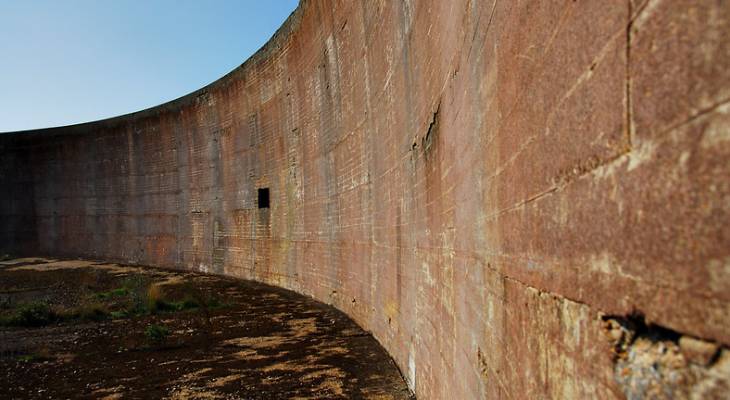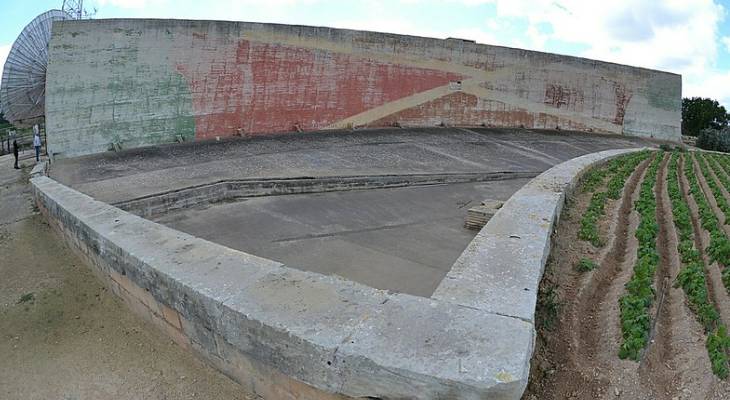It indirectly helped win World War II.

Watching the Italian airforce drop their bombs from high altitude was an uncommon pastime during World War II. However, few know that the Italians had no choice because Allied planes were already on their tails. The Germans too suffered losses that eventually turned their focus on North Africa. This ultimately spared the Maltese Islands from total destruction - in just two years between 1940 and 1942, Malta had become the most bombed place on Earth.
Radar was the secret weapon that alerted the Maltese defence that enemy planes were coming, how many and from which direction. Those extra few precious minutes until the enemy planes reached the coast allowed British pilots to prepare an appropriate welcome. The advance warning provided by the radar also enabled the people of Malta to reach the shelters during air raids, limiting the death toll.

But radar did not even exist before World War II. When, during an investigation of a BBC radio reception interference, a plane passed between the transmitter and the receivers, the result was a series of walls built in the south of England to act as ‘sound mirrors’ - the forerunners of radar. These walls made up the first experimental RDF system - RDF for Range and Direction Finding.
Malta played an important role in the Allies’ development of radar with the first and only experiment outside the UK: a sound mirror built in 1935 just off Naxxar. The acoustic mirror in Malta was constructed at Maghtab, about two kilometres from the coast and at sea level. See it on the way down from T'Alla u Ommu hill in Naxxar, on the right. The construction consists of a huge curved concrete wall 61 metres wide and 7.6 metres high.

Richard Watkins LRPS
Known locally as 'the ear,' il-Widna had a forecourt consisting of a sloping expanse of concrete with a trench set up with special microphones. The microphones would pick up the sound from the sound mirror. This primitive radar was designed to reflect the sounds of approaching aircraft so that their bearing could be calculated.

Chris Shepheard
With the mirror facing north towards Sicily, it is said that aircraft noise could be heard while these were still on the runway! Other sources claim it could detect incoming aircraft at a maximum range of 60 kilometres.
By 1939, however, radar had already advanced to such an extent that this early version fell into disuse. Today, il-Widna is aptly surrounded by the satellite dishes of Go plc.